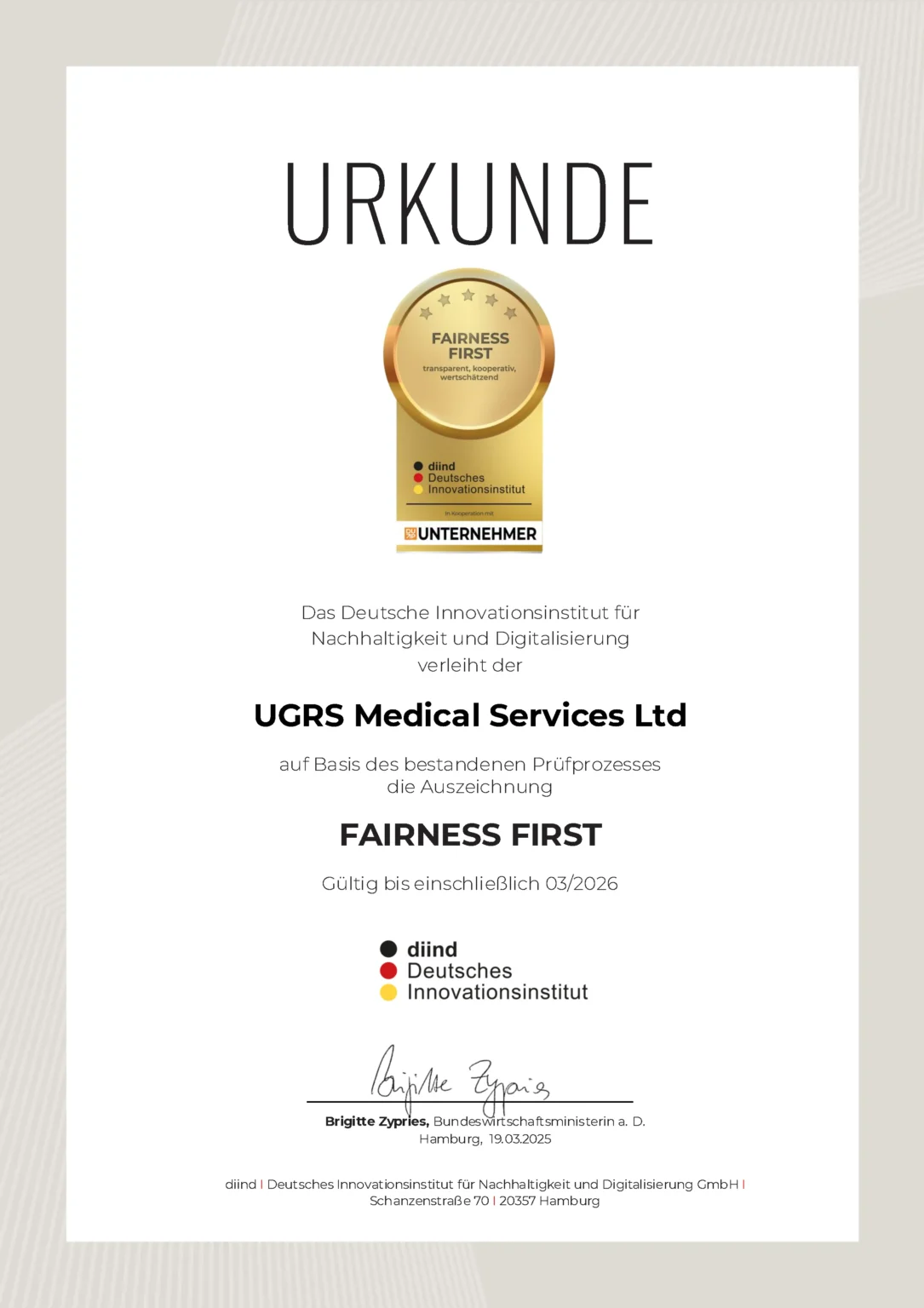Home » UGRS.Knowledge – Glossary on Penis Enlargement, Anatomy & Urology » Gynecomastia surgery
Gynecomastia surgery
Gynecomastia surgery is a surgical procedure to treat gynecomastia – a benign enlargement of the male breast caused by increased glandular tissue. The aim of the operation is to make the breasts appear flat and firm again and to reduce possible discomfort such as feelings of tension or shame.
What is gynecomastia?
Gynecomastia occurs when too much glandular tissue forms in the male breast. This can be caused by
- Hormone imbalances (e.g. an imbalance between testosterone and oestrogen)
- certain medications (e.g. for high blood pressure or depression)
- Liver or kidney disease
- Drug use (e.g. cannabis, anabolic steroids)
- in some cases the cause remains unexplained (idiopathic)
Genuine gynecomastia should not be confused with pseudogynecomastia, in which the breast is enlarged by fatty tissue (not glandular tissue) – for example due to obesity. This form is usually treated by liposuction.
How does gynecomastia surgery work?
- Preparation: Before the operation, the cause of the breast augmentation is examined, e.g. by means of blood tests, ultrasound or mammography.
- Anesthesia: The operation is usually performed under general anesthesia.
- Removal of the glandular tissue: The excess glandular tissue is removed via a small incision at the edge of the areola.
- Combination with liposuction: Excess fat is often also suctioned out in order to achieve an even result.
- Wound closure and healing: After the procedure, a bandage is applied and a compression vest is recommended, which is worn for several weeks.
Healing and result
- Patients are usually able to work again after a few days.
- Slight pain, swelling and bruising are normal and will subside after a while.
- The final result is visible after a few weeks: the chest looks flatter and more masculine.
- The scars are usually inconspicuous as they are located in the areola area.
Risks and side effects
As with any operation, gynecomastia surgery also involves certain risks:
- Wound healing disorders
- Bruising, swelling or numbness
- Scarring
- Unevenness or asymmetries
- Very rare: Reproduction of tissue
This content is for general information purposes only and does not constitute medical advice, diagnosis or treatment recommendations. It is in no way a substitute for a professional examination or treatment by a licensed physician. If you have any health complaints or uncertainties, please always consult a medical professional – especially if you have any questions about intimate surgery or sexual health.








